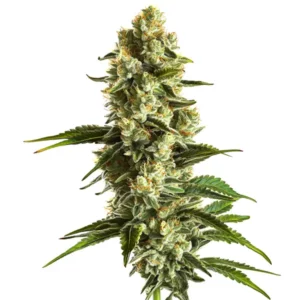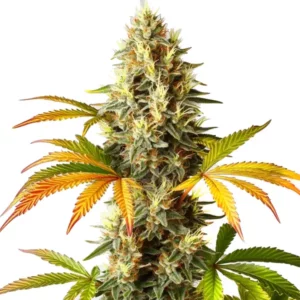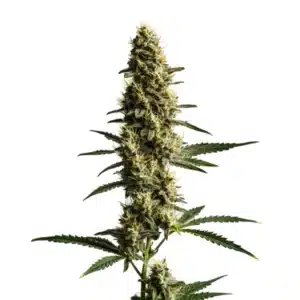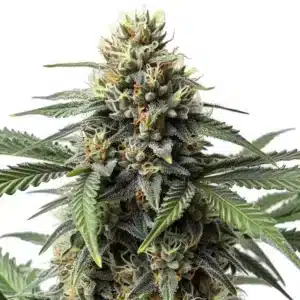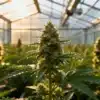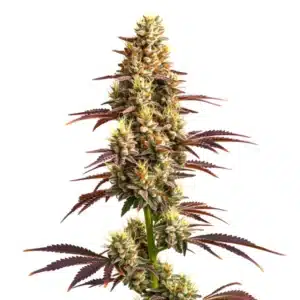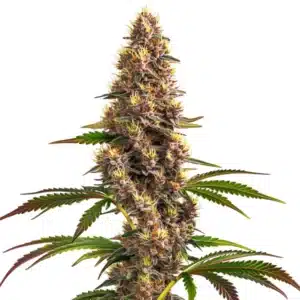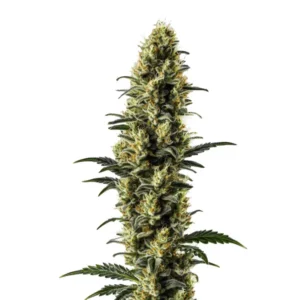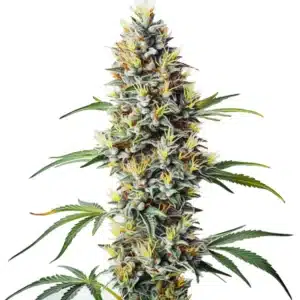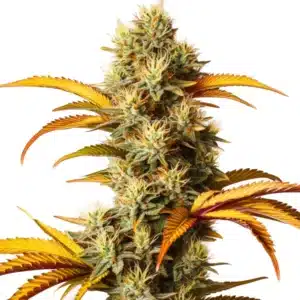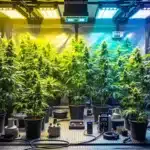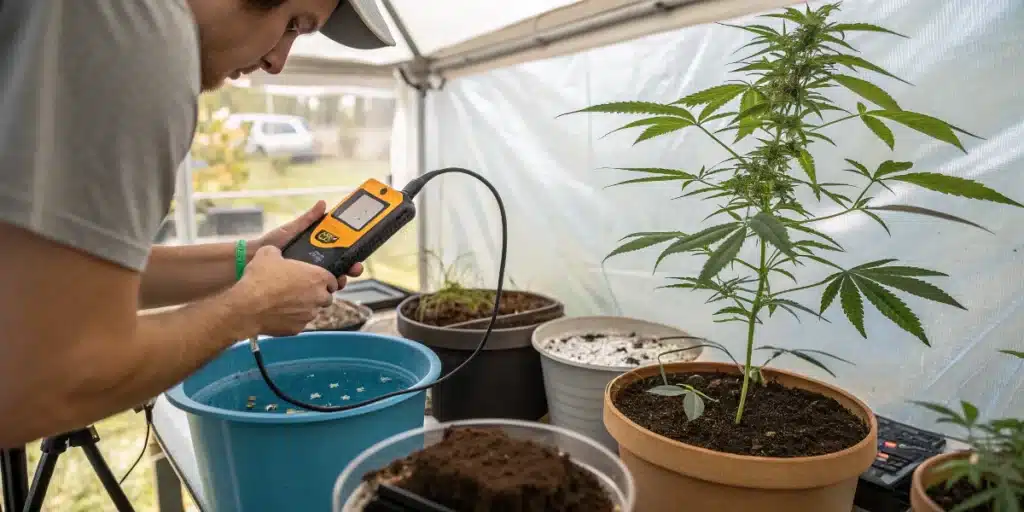
Indoor Weed Soil Essentials: pH, Nutrients, and More
Knowing Soil Properties
Indoor Weed Soil pH Levels and EC
When cultivating indoor weed, soil properties play a pivotal role. One of the most critical aspects is the pH level. The ideal pH range for cannabis is typically between 6.0 and 6.8. This range allows for optimal nutrient uptake. It is crucial to understand that the pH of your irrigation water constantly influences the soil’s pH. Therefore, you should always aim to water with a solution adjusted to the ideal range, around 6.0, as repeated watering can alter the soil’s pH over time.
Beyond pH, electrical conductivity (EC) is another essential factor. EC measures the concentration of nutrients present. High EC levels can indicate an excess of nutrients, potentially leading to nutrient burn, while low levels may suggest a deficiency.
Recommended Strains
Banana Cream
|
|
THC | 28% - 30% (High) |
|
|
Type | Feminized |
|
|
Yield | Medium |
|
|
Phenotype | 70% Indica / 30% Sativa |
Banana Kush
|
|
THC | 17% - 21% (Medium) |
|
|
Type | Feminized |
|
|
Yield | High |
|
|
Phenotype | 60% Indica / 40% Sativa |
Nutrient Availability
Nutrient availability in indoor weed soil is crucial for maximizing growth. The three primary macronutrients—nitrogen, phosphorus, and potassium—are vital. Nitrogen promotes robust vegetative growth, but its importance decreases significantly during the flowering stage, when the plant’s needs shift towards phosphorus and potassium. Phosphorus supports root development and flowering, and potassium enhances overall plant health.
Moreover, secondary nutrients like calcium, magnesium, and sulfur are equally important, along with micronutrients such as iron and manganese. Ensuring a balanced nutrient profile will make a significant difference.
Promos & Deals
Soil Management
Amendments and Reuse
Effective soil management is a cornerstone of successful indoor weed cultivation. One strategy is to amend your soil with organic materials like compost, worm castings, or peat moss to improve structure, aeration, and nutrient content.
Another aspect is the reuse of growing mediums. Instead of discarding your soil after a grow cycle, consider rejuvenating it. This can involve removing plant debris, thoroughly stirring and sanitizing the soil to eliminate any potential larvae or pathogens from the previous grow, and re-amending with fresh nutrients. This practice not only saves money but also contributes to a more sustainable growing environment.
Building the Perfect Indoor Soil Mix
Indoor Weed Soil Key Ingredients for Balanced Soil
Creating the best indoor weed soil mix starts with choosing the right base ingredients. Peat moss, coco coir, perlite, and vermiculite are essential for creating a balanced structure. Compost and worm castings bring life to your soil, enriching it with organic matter and beneficial microbes.
Pro-Tip: Many growers place a layer of gravel or clay pebbles at the bottom of the pot before adding soil. This is done to improve drainage and prevent the fine soil particles and roots from clogging the drainage holes.
Ready-Made vs DIY Soil Mixes
Beginner growers often wonder whether to purchase ready-made soil blends or mix their own. Ready-made mixes are convenient and balanced, great for those just starting out.
On the other hand, DIY soil mixes allow more control. A classic, high-performance recipe for a homemade mix is to use one-quarter black peat, one-quarter white peat (sphagnum), one-quarter perlite for aeration, and one-quarter rich compost or worm humus. If you enjoy hands-on learning, building your own soil mix can be rewarding.
Monitoring and Testing Your Soil Over Time
Consistent monitoring of your indoor weed soil is essential. Regular testing helps you stay ahead of potential issues like nutrient lockout, overfeeding, or pH drift.
How Often Should You Check pH and EC?
A good rule of thumb is to test your soil or runoff water:
- Once every 1–2 weeks during vegetative growth
- Once per week during the flowering stage
- Immediately if your plants show signs of deficiency or stress
When testing pH, aim to keep your soil within the ideal range of 6.0 to 6.8.
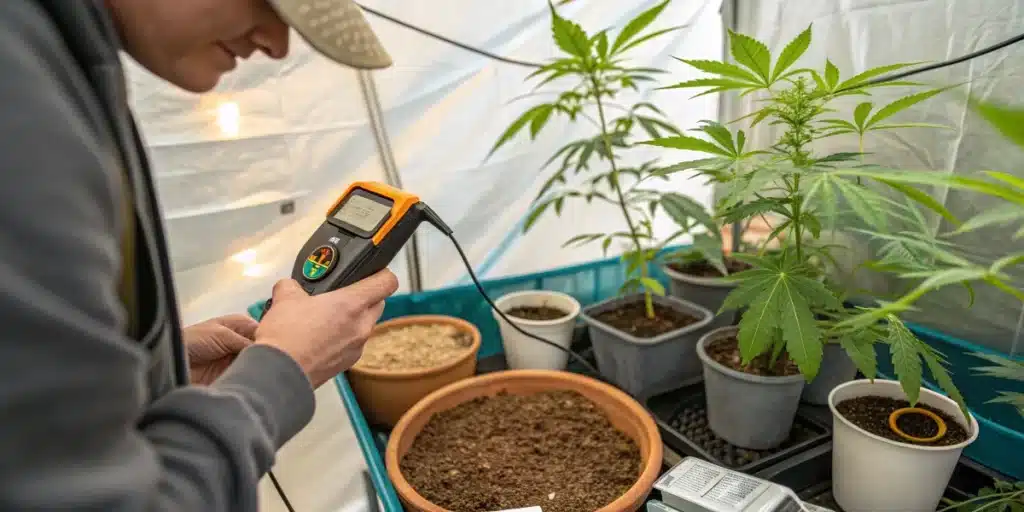
Tools for Accurate Soil Testing
Having the right tools makes monitoring easier. Commonly used options include:
- Digital pH Meters
- Digital EC Meters
- pH Test Strips
- Soil pH Test Kits
Knowing how to use these tools will help you prevent most soil-related problems.
Organic vs Synthetic Nutrients in Soil-Grown Cannabis
Feeding your indoor weed soil with organic nutrients offers multiple benefits, promoting microbial activity and enhancing flavor and aroma. Synthetic nutrients can deliver rapid results but require careful monitoring to avoid overfeeding and salt buildup. Used responsibly, they can be an effective part of an indoor grower’s toolkit.
Troubleshooting Soil Issues
Indoor Weed Soil Common Fixes
Even seasoned growers can encounter soil issues. One common problem is nutrient lockout, often caused by imbalanced pH levels. If your plants show signs of nutrient deficiencies, remember that the symptoms of excess nutrients (nutrient burn) and deficiencies can look very similar. Therefore, checking and adjusting the pH should always be your first step before adding more fertilizer.
If testing reveals your soil’s pH has become too high (alkaline), you may need to perform a root flush. This involves watering the plant with a large volume of water that has been pH-adjusted to be more acidic, around 5.5 to 6.0. This process helps ‘wash out’ excess salts and reset the soil’s pH back to the ideal range for cannabis.
Another common issue is overwatering, which can lead to poor aeration and root rot. If your soil retains too much moisture, consider adjusting your watering habits and improving drainage.
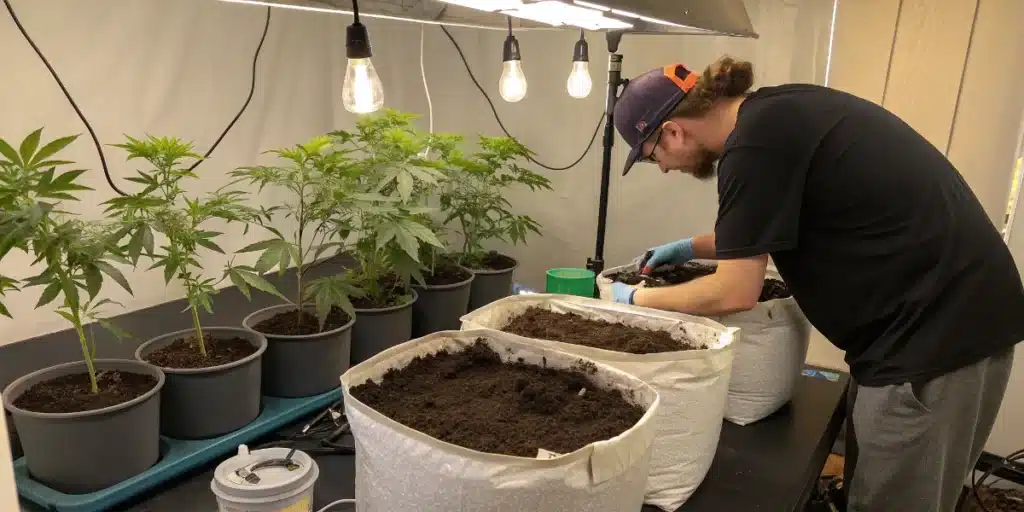
FAQS About Indoor Weed Soil
What is the ideal pH for indoor weed soil?
The ideal pH range for indoor weed soil is between 6.0 and 7.0, which facilitates optimal nutrient uptake for cannabis plants.
How can I amend my soil for better cannabis growth?
You can amend your soil by adding organic materials like compost, worm castings, or peat moss to improve structure and nutrient content.
What are the signs of nutrient lockout in cannabis plants?
Signs of nutrient lockout include yellowing leaves, stunted growth, and overall poor plant health, often linked to imbalanced pH levels.



